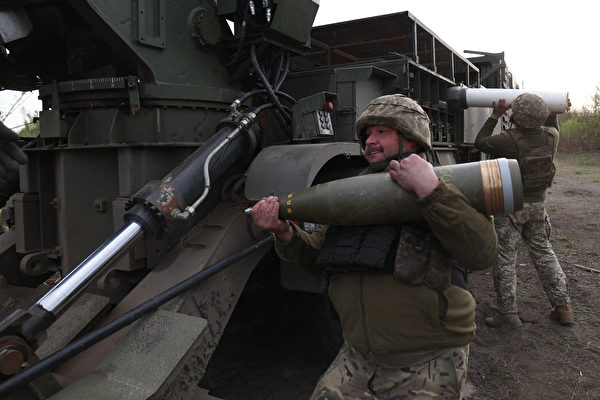At the upcoming NATO summit next week, leaders from various countries are expected to release their first defense industry commitments. This initiative aims to promote increased weapon production and the implementation of stricter standardization regulations for ammunition, ensuring higher interoperability of munitions on the battlefield.
From July 9th to 11th, NATO will convene in Washington for the summit. A NATO official informed Reuters, stating, “The situation in Ukraine has shown that while our standardization looks good on paper, its effectiveness in real combat scenarios has been lacking.”
The reference was made to ammunition such as 155mm projectiles. Due to the surge in demand sparked by Russia’s full-scale invasion of Ukraine in 2022, these munitions have faced global supply shortages.
The official highlighted that while NATO has enforced unified standards for small arms ammunition like assault rifles, allowing allied nations to use each other’s ammunition, there is a lack of adequate standardization for munitions used in cannons.
Despite NATO’s publication of artillery ammunition standards, adherence remains voluntary for member nations. The lack of compliance has resulted in a fragmented market, hampering the fluidity of supplies.
According to Reuters, currently, 14 NATO countries do not adhere to a standardized artillery protocol, leading to variations in 155mm ammunition types.
Experts in artillery note that different projectiles can still be utilized across all howitzers. However, operators must input specific ammunition specifications when loading rounds into weapons to prevent deviations of up to 50 to 60 meters (160 to 196 feet) from the target.
While the ammunition specifications are registered in the operators’ forms, officials say that at times, firearm manufacturers may not provide all the necessary data, a situation NATO aims to rectify.
NATO’s objectives also include establishing more universal standards to simplify and streamline data forms.
NATO officials state, “If there is a standardized NATO ammunition where every ally produces the same thing, it would simplify matters for military commanders.”
They continue, “This way, you can be confident that everyone is using the same ammunition. Consequently, you can extract ammunition from that depot and shift it to these howitzers, making it the most efficient method.”
However, NATO’s decision may face opposition from ammunition manufacturers as it could intensify competition and drive prices down.
To boost weapon production, particularly for critical munitions like projectiles and anti-aircraft missiles, leaders are expected to agree to annually report to NATO how they plan to achieve NATO defense goals and enhance weapon production.
Since the outbreak of the Russia-Ukraine war, Western countries have been diligently replenishing their national armories and providing much-needed weapons to Ukraine.
The official states that since 2022, NATO allies have ramped up ammunition production from an annual output of approximately 100,000 rounds pre-war to an estimated 2 million rounds this year, with projections to increase to about 3 million rounds by 2025.
(This article was compiled with information from relevant reports by Reuters)

